Home>Ideas and Tips>Upgrading Your Home’s Basement with a DIY Drop Ceiling
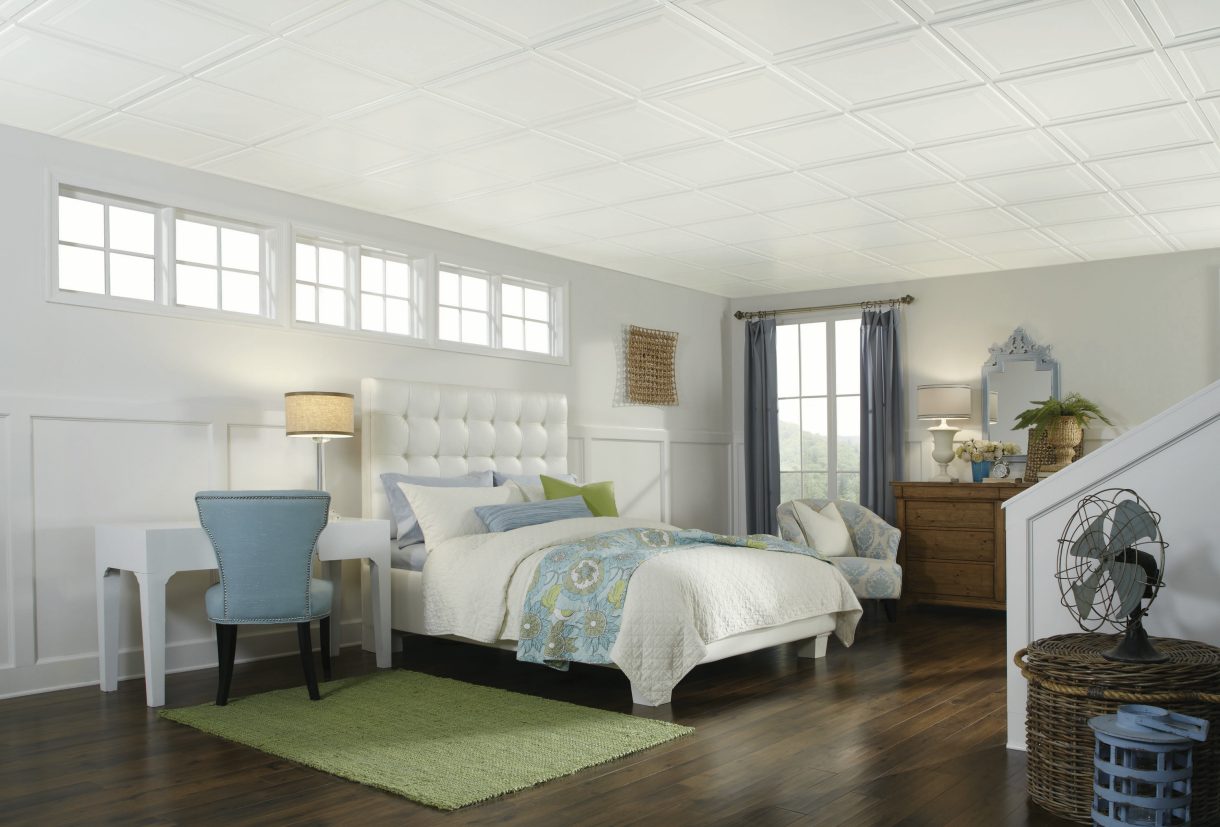

Ideas and Tips
Upgrading Your Home’s Basement with a DIY Drop Ceiling
Modified: October 20, 2024
Transform your basement with a DIY drop ceiling. Learn the benefits, pitfalls, and step-by-step installation tips to enhance your home's value and aesthetics.
(Many of the links in this article redirect to a specific reviewed product. Your purchase of these products through affiliate links helps to generate commission for Storables.com, at no extra cost. Learn more)
Introduction
The basement is often the most overlooked space in a home, yet it has immense potential for transformation. Whether you're looking to create a cozy game room, a home office, or simply a more inviting living area, upgrading your basement can significantly increase the value of your home. One of the most common challenges in basement remodeling is dealing with mechanicals and unsightly elements like pipes and ductwork. In this article, we'll explore the benefits and pitfalls of using a DIY drop ceiling to manage these issues while enhancing the aesthetic appeal of your basement.
The Case Against Drop Ceilings
Before diving into the specifics of DIY drop ceilings, it's essential to understand why they might not be the best choice for your basement upgrade. Drop ceilings, also known as suspended ceilings, were originally designed to hide unsightly mechanicals and wiring. However, they often give off a "cheap" or utilitarian feel that can detract from the overall ambiance of your space.
Moreover, drop ceilings can limit your ceiling height, which is already a concern in basements where the ceiling might be lower than in other parts of the house. This can make the space feel cramped and less inviting. If you must use a drop ceiling for mechanical purposes, it's crucial to design it in a way that turns it from an eyesore into an asset. This can be achieved by incorporating design elements that make the ceiling more visually appealing, such as using decorative tiles or adding lighting fixtures that highlight the ceiling's design.
Benefits of Upgrading Your Basement
Upgrading your basement is not just about aesthetics; it also offers significant financial benefits. According to various studies, a moderate investment in basement remodeling can realize a return on average of $9,000 depending on the size and space used. This makes it an attractive option for homeowners looking to increase their home's equity.
Here are some key benefits of upgrading your basement:
- Increased Home Value: A well-designed and functional basement can significantly increase your home's value.
- Additional Living Space: A basement can provide additional living space for family members or guests.
- Improved Aesthetics: Upgrading your basement can transform it into a cozy and inviting area that matches the rest of your home.
- Enhanced Functionality: You can customize the space to meet your specific needs, whether it's a home office, game room, or entertainment area.
Choosing the Right Flooring
The type of flooring you choose for your basement is crucial in defining the overall feel of the space. Different types of flooring can create different atmospheres, so it's important to consider how you plan to use the space when selecting flooring.
- Carpet: If you want your new basement to appear warm and inviting, consider installing good-quality carpet. This will make the room feel cozy and comfortable. You will likely need to install a good carpet pad since you would otherwise be laying your carpet on a concrete floor.
- Hardwood: Hardwood flooring can add a touch of elegance to your basement. However, it may require more maintenance than carpet and can be cold underfoot.
- Laminate: Laminate flooring is a cost-effective option that mimics the look of hardwood but is easier to install and maintain.
- Tile: Tile flooring is durable and easy to clean but may not be as comfortable underfoot as carpet or hardwood.
Designing Your Basement
When designing your basement, it's essential to consider both functionality and aesthetics. Here are some tips to help you get started:
-
Regulate the Air Quality: Since basements are often confined spaces without ventilation, it's crucial to invest in an air purification system. This will help keep the air clean and fresh, making your basement smell as good as it looks.
-
Leave the Stairs for Last: While it might seem logical to finish up your stairway as quickly as possible, it's often better to leave it until the end of your project. This allows you to move large and heavy items like furniture or gaming tables into place without damaging the finish.
-
Create an Accent Wall: For open-concept basements, creating an accent wall can help define different areas and add dimension to the space. Use wood paneling or wallpaper for a bold and intriguing vibe.
-
Update Your Trim: Most basements have outdated trim that needs an update. Painting trim in a cool accent color can make a unique statement and add personality to your space.
-
Revamp Your Ceiling: Unfinished ceilings or yellowing drop ceilings can instantly transform your space by making it feel inviting and chic. Consider incorporating beams, paneling, or materials like wood slats to hide vents and wires while adding visual interest.
-
Add a Fireplace: A fireplace can create a focal point in the room and add much-needed warmth to the coldest spot in the house. Opt for a gas insert if you don't want to hassle with building fires.
DIY Drop Ceiling: The Pros and Cons
A DIY drop ceiling can be an effective way to manage mechanicals and unsightly elements while enhancing the aesthetic appeal of your basement. Here are some pros and cons to consider:
Pros of DIY Drop Ceiling
- Easy Installation: Drop ceilings are relatively easy to install, especially if you're working with a pre-existing grid system.
- Hides Mechanicals: They effectively hide pipes, ductwork, and other unsightly mechanicals.
- Customizable Design: You can choose from various types of tiles to create a design that fits your basement's theme.
- Cost-Effective: Drop ceilings are generally less expensive than other ceiling options like beams or paneling.
Cons of DIY Drop Ceiling
- Limited Ceiling Height: Drop ceilings can limit your ceiling height, making the space feel cramped.
- Cheap Feel: They often give off a cheap or utilitarian feel that can detract from the overall ambiance of your space.
- Maintenance Issues: Tiles can be prone to dust accumulation and may require frequent cleaning.
How to Install a DIY Drop Ceiling
If you've decided that a DIY drop ceiling is the right choice for your basement upgrade, here’s a step-by-step guide on how to install one:
-
Assess Your Space: Before starting the project, assess your space to determine the best layout for your drop ceiling. Consider the location of mechanicals and wiring.
-
Measure Your Ceiling: Measure the length and width of your ceiling to determine how many tiles you'll need.
-
Prepare the Grid System: If you're working with a pre-existing grid system, ensure it's sturdy enough to support the weight of the tiles and any additional materials you'll be using.
-
Install Tiles: Start by installing the tiles along the edges of the grid system. Use a level to ensure they're straight and evenly spaced.
-
Add Decorative Elements: Once the tiles are in place, add decorative elements like lighting fixtures or ceiling fans to enhance the aesthetic appeal of your ceiling.
-
Finishing Touches: Finally, add any finishing touches such as painting or staining the ceiling to give it a unique look.
Conclusion
Upgrading your home's basement with a DIY drop ceiling can be an effective way to manage mechanicals while enhancing the aesthetic appeal of your space. However, it's crucial to consider both the pros and cons before making a decision. By choosing the right flooring, designing your space thoughtfully, and incorporating decorative elements into your ceiling design, you can create a cozy and inviting area that increases the value of your home.
Remember that while drop ceilings may have their limitations, they can still be a valuable tool in transforming your basement into a functional and beautiful space that meets all your needs. Whether you're looking to create a home office or entertainment area, upgrading your basement is an investment worth considering.
Additional Tips for Basement Remodeling
- Consult Professionals: If you're unsure about any aspect of your project, consider consulting professionals who specialize in basement remodeling.
- Plan Carefully: Planning carefully will help you avoid costly mistakes and ensure that your project stays within budget.
- Use Sustainable Materials: Using sustainable materials can not only reduce environmental impact but also add value to your home.
- Incorporate Natural Light: Incorporating natural light through skylights or larger windows can make your basement feel more spacious and inviting.
By following these tips and considering the benefits and pitfalls of using a DIY drop ceiling, you can successfully upgrade your home's basement and enjoy a more functional and beautiful living space.
Final Thoughts
Upgrading your home's basement is an exciting project that offers numerous benefits both aesthetically and financially. Whether you choose to use a DIY drop ceiling or opt for another design element, remember that careful planning and thoughtful design are key to creating a space that you'll love spending time in. With these tips and considerations in mind, you'll be well on your way to transforming your neglected basement into a cozy and inviting area that enhances the value of your home.
Was this page helpful?
At Storables.com, we guarantee accurate and reliable information. Our content, validated by Expert Board Contributors, is crafted following stringent Editorial Policies. We're committed to providing you with well-researched, expert-backed insights for all your informational needs.
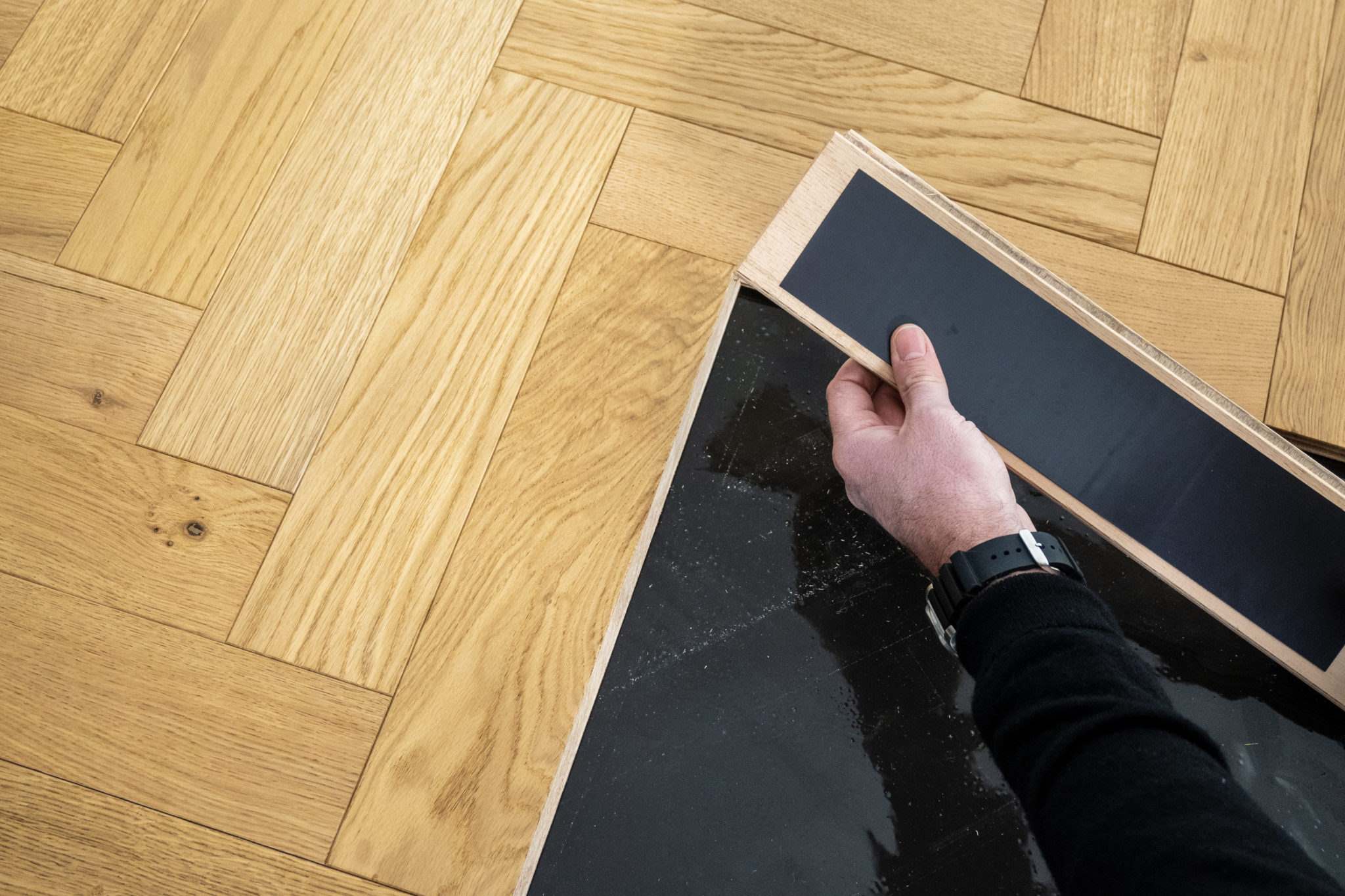
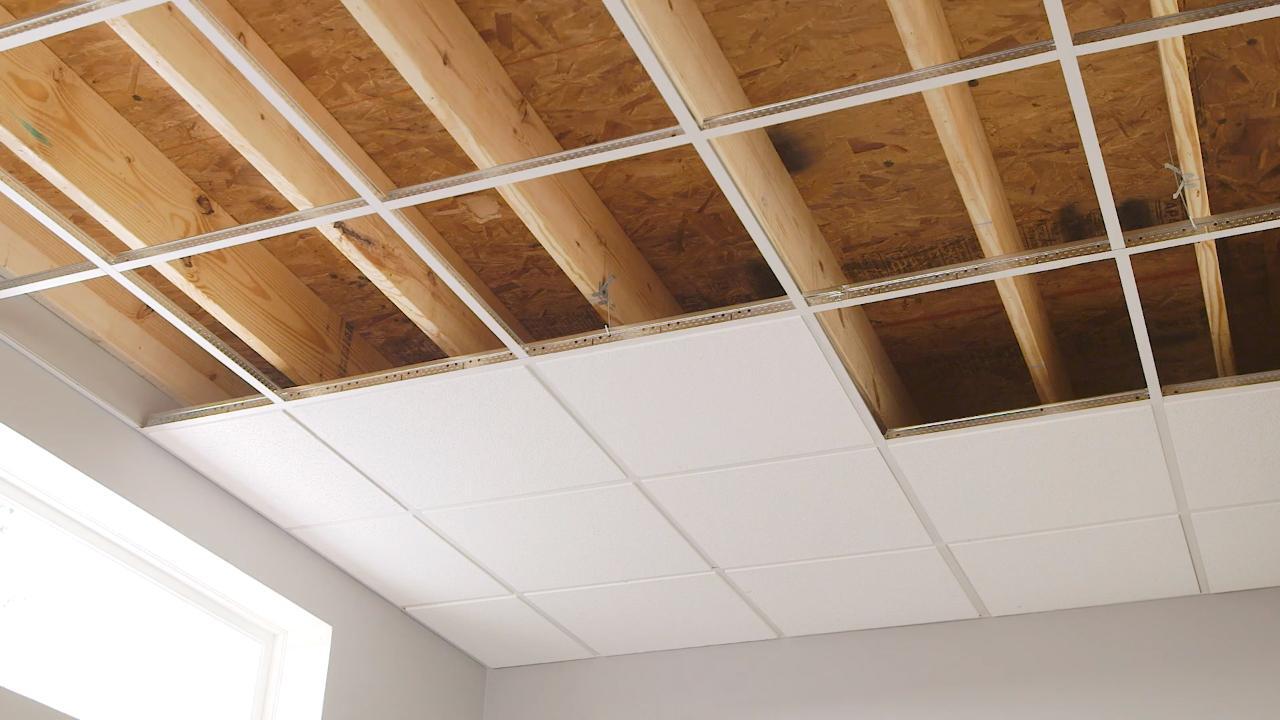

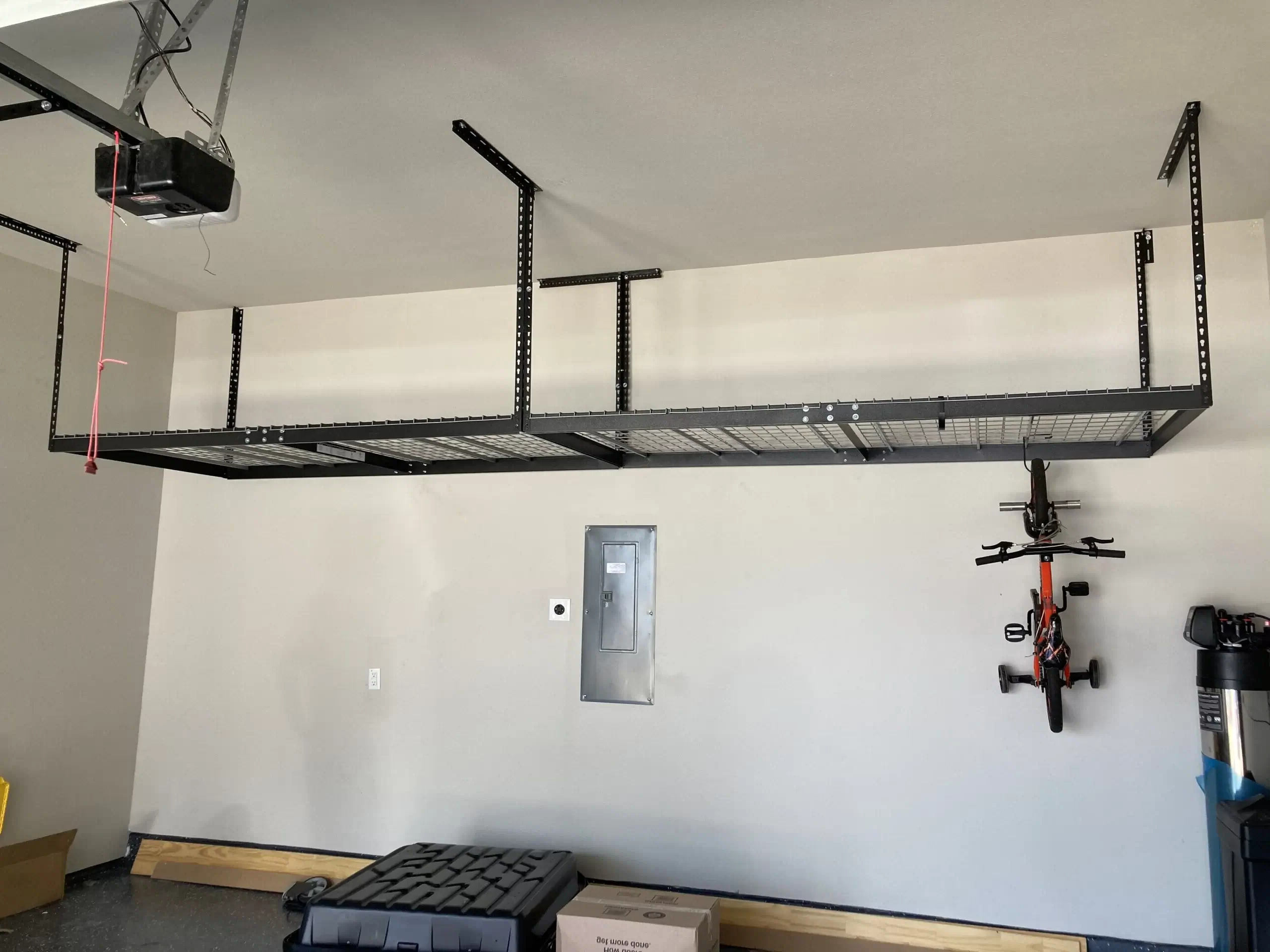
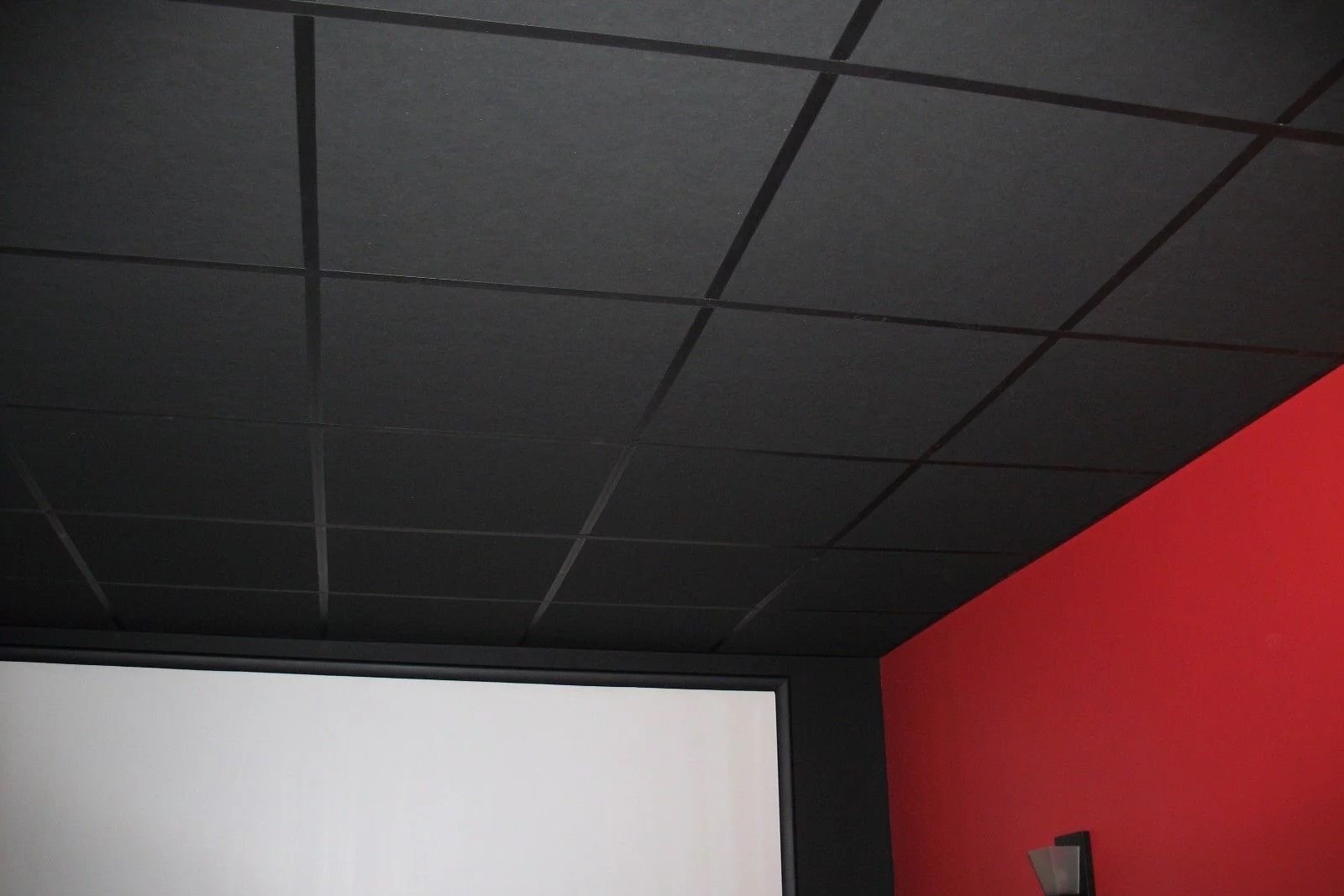
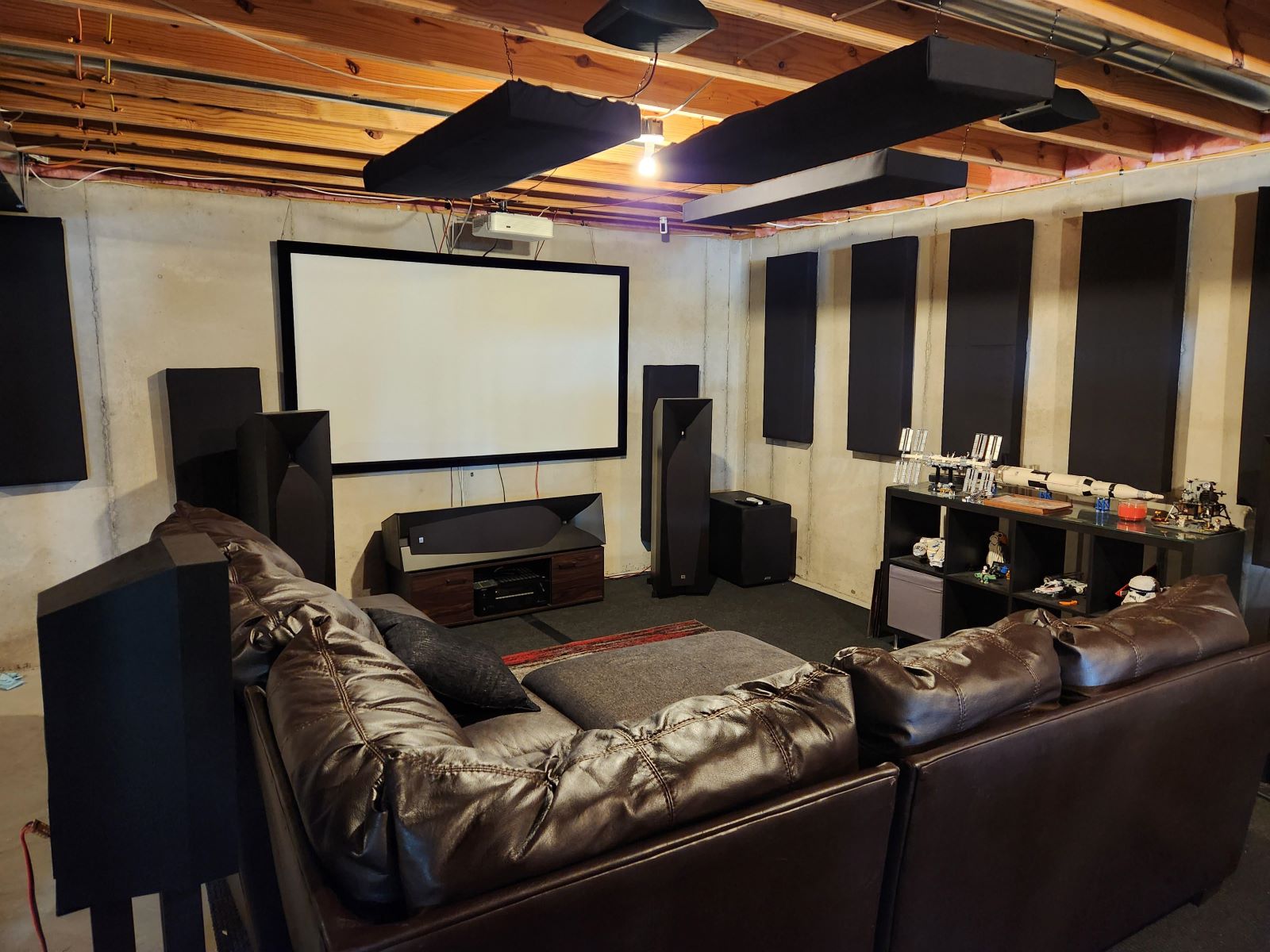
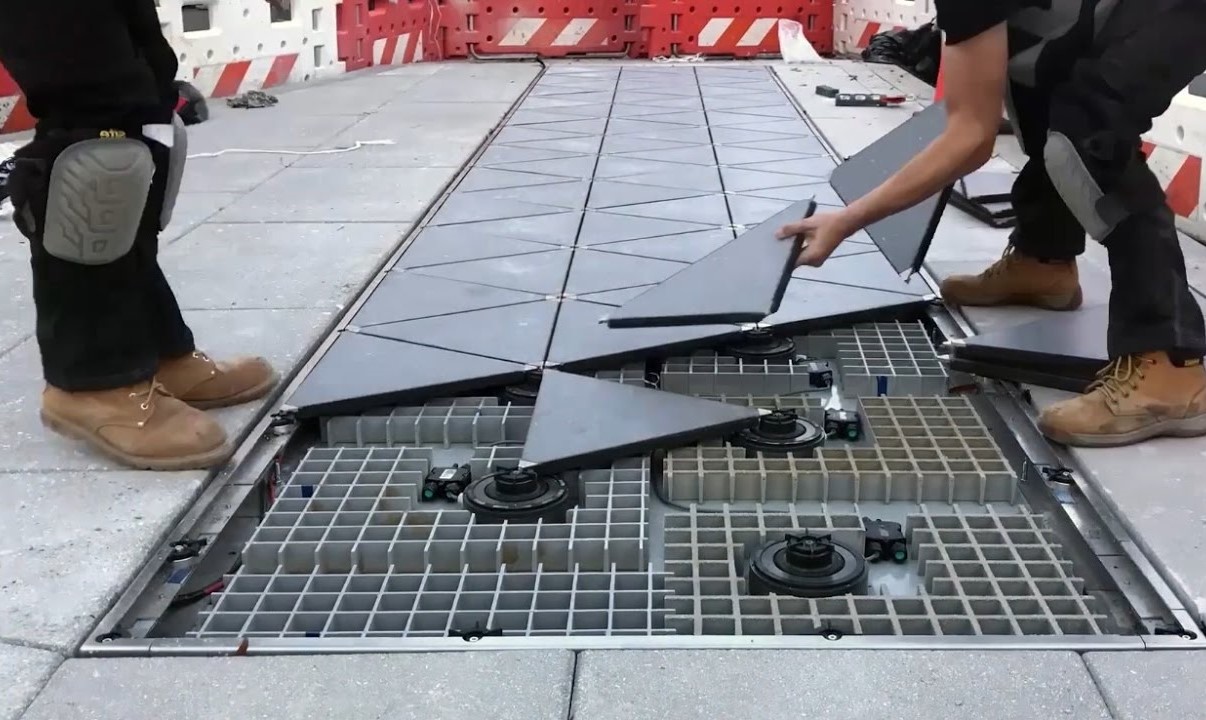
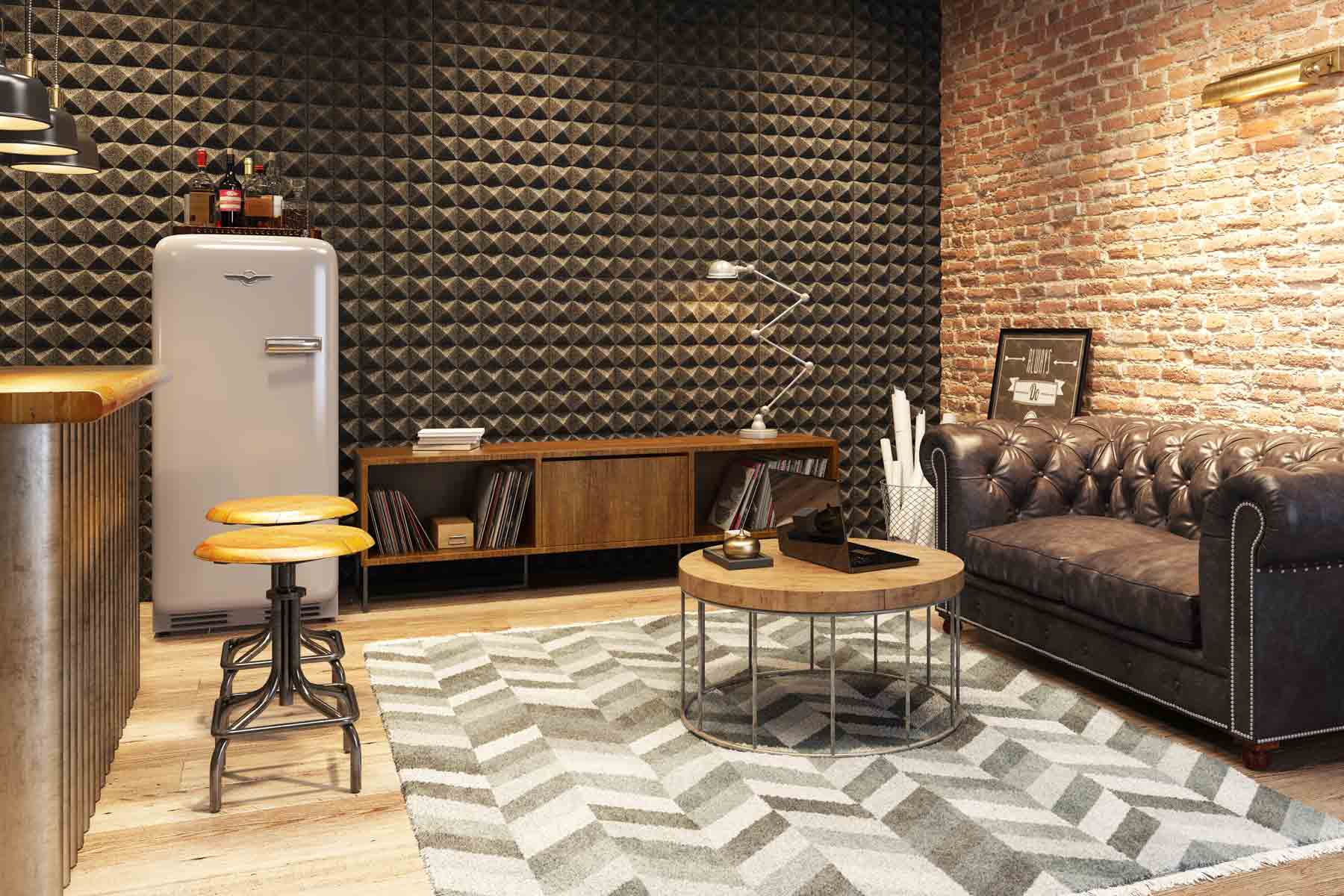
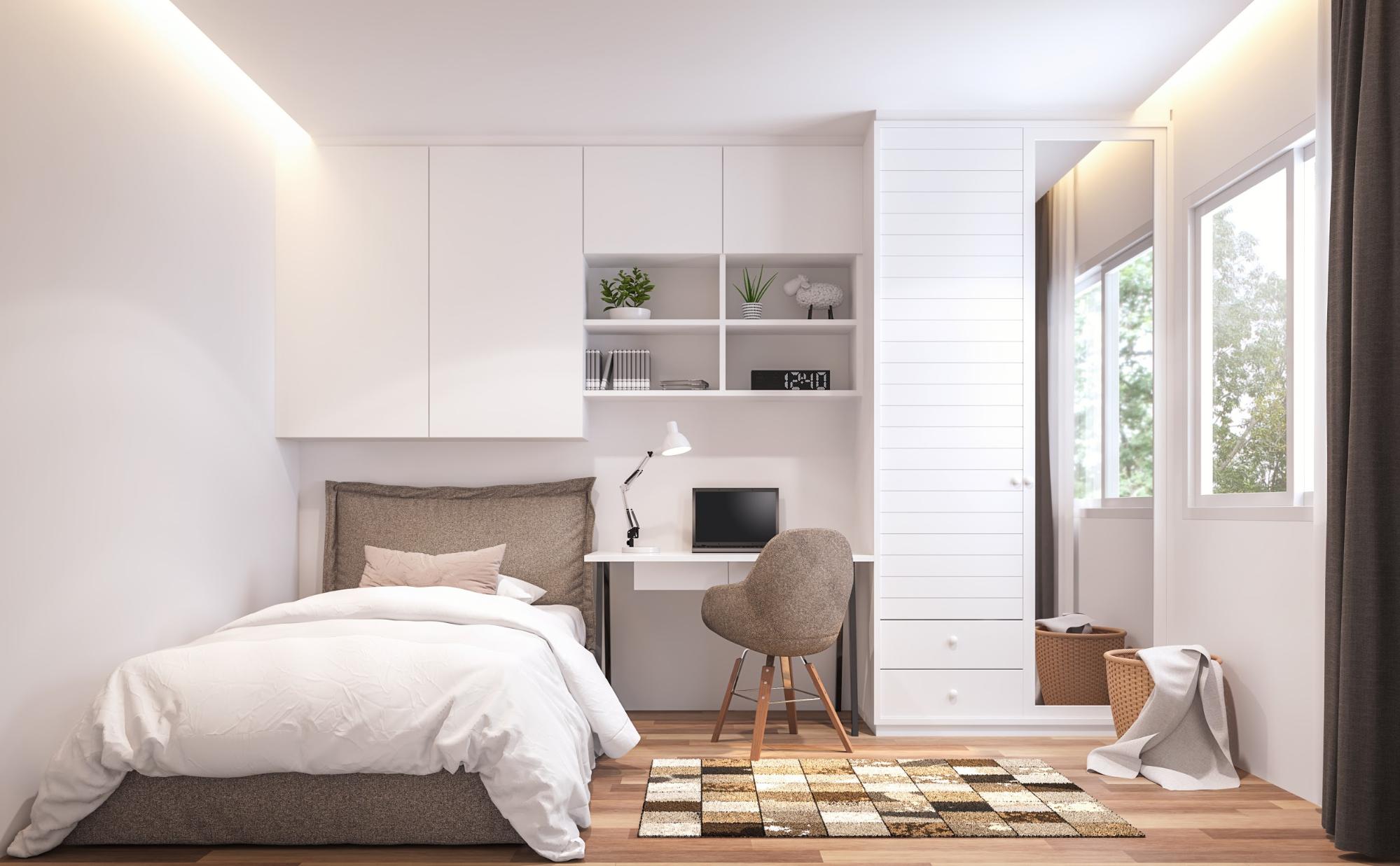
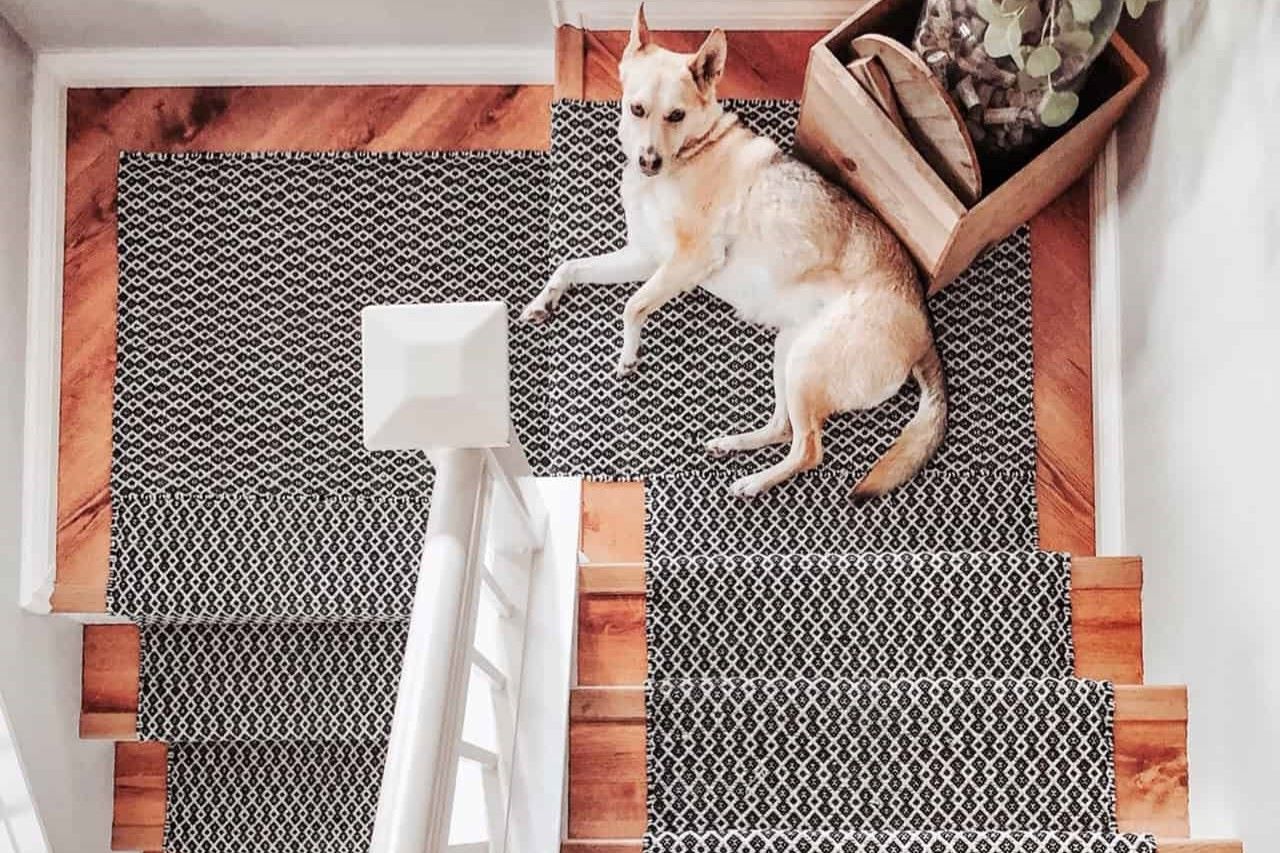
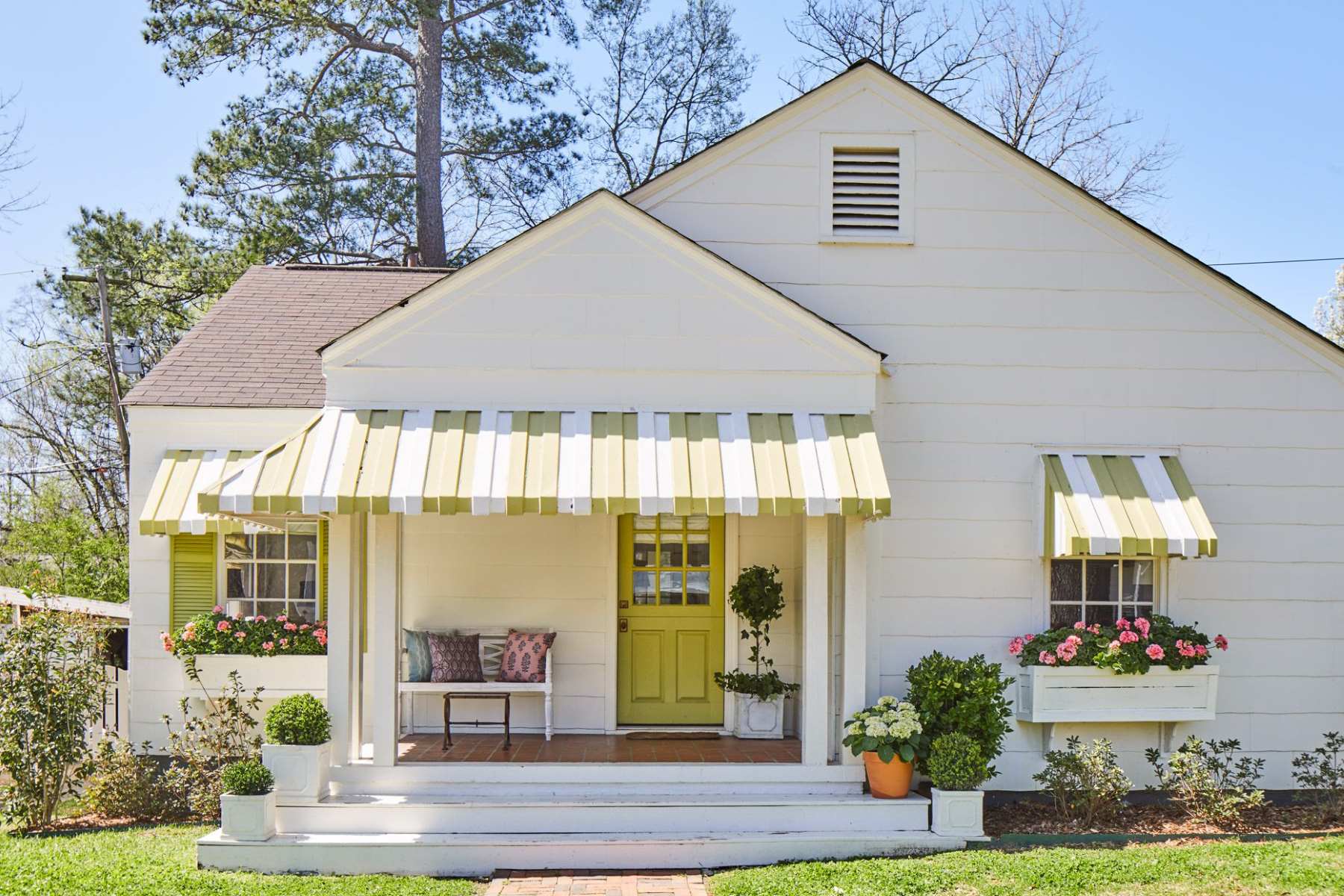

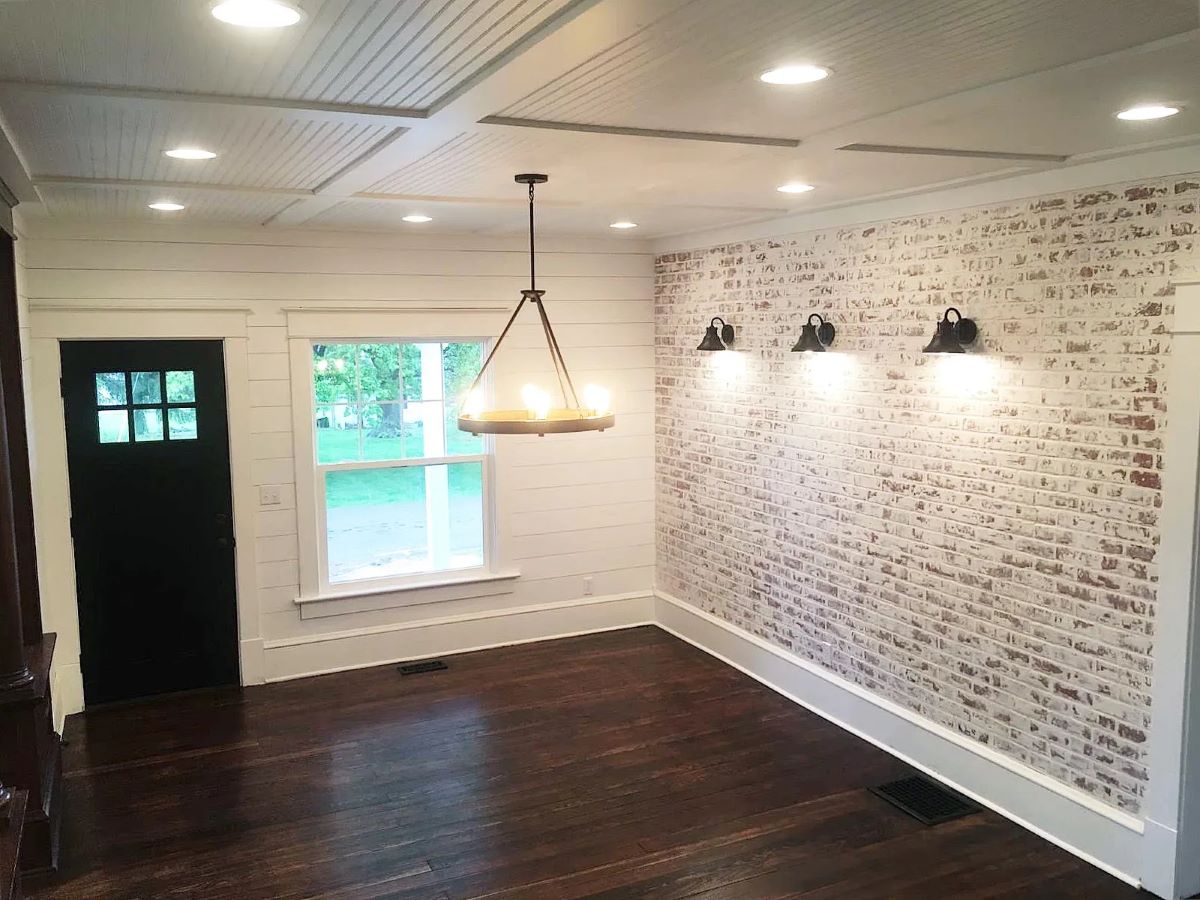

0 thoughts on “Upgrading Your Home’s Basement with a DIY Drop Ceiling”